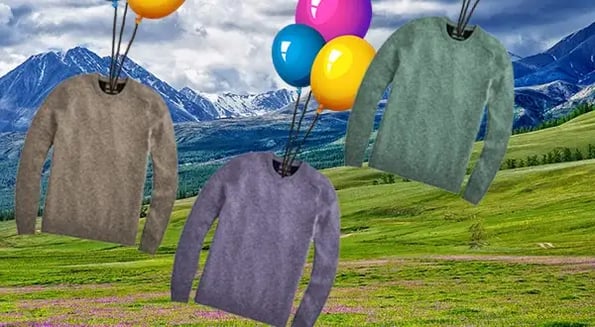Mongolia is the cashmere capital of the world. The world’s most sparsely populated sovereign country is home to less than 3.3m people… and 27m cashmere goats.

No matter how you spin it, the country’s goats really are the GOAT: They’re either Mongolia’s Greatest Opportunity of All Time… or they’re its Greatest Obstacle of All Time.
Goats are the fuzzy foundation of Mongolia’s economy
They’ve been an important thread since the days of Genghis Khan.
But cashmere cash got really fluffy in the 1990s, when Mongolia ditched communism and eliminated government grazing quotas. The number of grazing livestock exploded under the looser restrictions.
Today, Mongolia’s 27m goats account for between 20% and 40% of global ’shmere supply. Their hair is also Mongolia’s 3rd largest export — and goat byproducts including cashmere employ roughly 50% of Mongolians.
But those same goats also pose a hairy dilemma
On the one hoof, goats stitch together the cardigan of Mongolia’s economy.
But on the other, overgrazing has damaged 70% Mongolia’s land — and even transformed 25% of its grasslands into desert.
Now, dying grasslands (and related pollution) are leaving goats without enough to eat — which could cause the cashmere-conomy to unravel.
So Mongolia’s making hard decisions about its soft wool
The Mongolian government is focused on finding a way to cash in on cashmere… without causing a catastrophe.
Its primary focus is keeping more cashmere close to home: Today, 90% of Mongolia’s raw cashmere is sold to Chinese brokers, who then stitch it into a global supply chain, including brands like J. Crew (whose sweaters require roughly 4 goats-worth of hair).
Mongolia’s main strategies are:
- Incentivizing the construction of more processing facilities in-country to establish a “Made in Mongolia” premium.
- Partnering with a Canadian company to streamline the supply chain so that it prioritizes Mongolian processing facilities and limits overgrazing.
In theory, a higher percentage of cashmere cash in Mongolia could reduce the grazing required to make an average herder feel warm and fuzzy.
